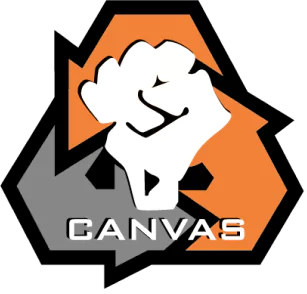Jun 1, 1986-1991
Estonia
The Singing Revolution
Share
ACTIVISTS/ACT.GROUPS/DESCRIPTION OF THE GROUP
Estonian public
TARGET
The Soviet Government
WIDELY HELD BELIEF
Language is an intrinsic part of a community’s culture and must be preserved.
CASE NARRATIVE
Issue and Opponent: Estonia has been occupied by several powers– the Soviets in 1939, the Nazis, and then again by the Soviets. During the time of WWII, Estonians became concerned that their national identity would be lost. They felt that singing would help them to hold on to their cultural and linguistic ties. However, after the Soviet occupation, there were restrictions on Estonian songs. Estonians did not take this ban on their singing lightly and decided to protest against this law peacefully. The opponent was the Soviet Government, the actor was the Estonian public. The primary grievance was Estonian independence from the Soviet Union, specifically targeting the ban on the singing of nationalist Estonian songs, and the waving of the Estonian flag. The core grievance was that the Soviet occupation of Estonia, and the Baltics at large, was illegal.
Dilemma Action: Performing patriotic songs at demonstrations to promote Estonian Independence became common practice in 1988, but the tradition of massive song festivals gathering hundreds of thousands of spectators goes back to 1869. One of the most popular songs to perform in 1988 was the Estonian national anthem, which only years earlier would have been an act worthy of punishment for ‘hooliganism’. In June of 1988, a festival in Tallinn became an unplanned singing event lasting for five nights, with 100,000 participants. These demonstrations were accompanied by the first known public waving of the Estonian flag, which was illegal. Quickly, flag-waving at protests became commonplace. The Popular Front organized an event called “Estonian Song” in September 1988, in which nationalistic songs were performed to a crowd of 300,000 (at the time, nearly a third of the population). At this event, there were calls for complete Estonian independence. On one hand, the USSR’s policy of glasnost and perestroika under Gorbachev was under threat if the Soviets responded to nonviolent singing demonstrations by Estonians. Any violent or legal retribution on their part would ruin the open and progressive image the Soviets were trying to establish. On the other hand, if no retribution was made, the Soviets risked looking ignorant or weak in the face of the rapid spread of anti-soviet and pro-Estonian views through song.
Outcomes: The Estonian National Independence Party was founded in part as a result of the popularization of anti-soviet and pro-estonian sentiments that the singing revolution brought. They demanded complete independence. A group that advocated for Estonian sovereignty within a USSR confederation was launched in 1988 called The Popular Front. Russians within Estonia formed a movement “Interfront” to disparage Estonian independence in the face of the singing revolution. As a result of the mass support of the Estonian independence movement, exercised through these mass singing events, Gorbachev was forced to replace the Estonian Communist Party Leader with a weaker, more moderate candidate. In 1989, a law was passed replacing the Soviet flag with the Estonian flag, leading Gorbachev to threaten the actors with arrest for the violation of the Soviet Constitution. The fire started by the singing revolution was also apparent in neighboring Latvia and Lithuania, leading to the “Baltic Way”. This was a massive 600 km human chain spanning all three countries, where demonstrators demanded national independence from the USSR. Once Gorbachev acknowledged that the Molotov-Ribbentrop Pact, a treaty where Germany and the Soviet Union divided up European countries, contained secret clauses this led the Soviets to annex and occupy Estonia, making the Pact illegal. Because of this, Estonian citizenship, outside of the USSR, still existed, prompting Estonian activists to register citizens for the election of a parallel Estonian government. 860,000 were registered as Estonian citizens, and by February of 1990, the vote determined that a governing system “Congress of Estonia” was to be formed. The Soviets could not prohibit this, and Congress was called to session in March of 1990. In May, the council banned the flying of the Soviet flag, leading Interfront demonstrators to march on the capital, and Estonian crowds to non-violently disperse what lawmakers believed to be a coup attempt. In 1991, after the Soviets invaded Lithuania and Latvia, the Estonian government held a council meeting including all competing independence movement groups, in which a unanimous vote for Estonia’s independence was made. The day after, Estonians formed human shields around media outlets to protect them from Soviet troops, and police threatened to fill the tower with lethal gas if troops entered. Concurrently, the Russian president declared Russia’s secession from the USSR, leading Russian troops to leave Estonia, and Estonia to ultimately gain its independence. The Dilemma Action was part of a larger campaign for Estonian independence from the USSR. This singing as a dilemma action tactic used in 1986 was previously demonstrated in 1969, during the Estonian song festival, where after the choir sang the Soviet program, they followed with a traditional Estonian song, and thousands of Estonians in the crowd joined despite the illegality. The performers did not leave the stage when asked, leading Soviet officials to try to unsuccessfully silence them with a loud brass band. Estonian national songs representing resistance to USSR rule began during the first year of Soviet rule at the 1947 song festival, where “My Country is My Love” was solidified as an unofficial anthem. In 1987, to resist Soviet plans for phosphorite mines in the country, Estonians held demonstrations and used ‘phosphorite songs’ to ultimately prevent the ecologically damaging mine from opening.
PRIMARY STRUGGLE/GOAL
NONVIOLENT TACTICS USED
DA TACTICS USED
Singing
CASE NARRATIVE WRITER
SUCCESS METRICS
11 / 12
(CONC) Concessions were made
(EREP) Dilemma action got replicated by other movements
(MC) Media Coverage
(MSYMP) Media coverage was sympathetic to the activists
(OR) Opponent response
(PS) Dilemma action built sympathy with the public
(PUN) Punishment favored the activists
(REFR) Dilemma action reframed the narrative of the opponent
(RF) Dilemma action reduced fear and/or apathy among the activists
(SA) Dilemma action appealed to a broad segment of the public
Artivism
PART OF A LARGER CAMPAIGN
3 / 3
Activist group continued working together after the action
Encouraged more participants to join the movement
Internally replicated by the same movement
RESOURCES
Project documentation
Dilemma Actions Coding Guidebook
Case study documentation
Dilemma_Actions_Analysis_Dataset
SOURCES
The Darling Team. 2020. “5 Times Peaceful Protests Made a Difference in History,” Darling, June 3. Retrieved July 20, 2023. (https://blog.darlingmagazine.org/5-times-peaceful-protests-made-difference-history/).
https://singingrevolution.com/about-the-history#the-singing-revolution. Accessed April 15, 2022.
https://www.nonviolent-conflict.org/estonias-singing-revolution09860991/. Accessed April 15, 2022.
Lieven, Anatol. 1993. “The Baltic Revolution: Estonia, Latvia, Lithuania and the Path to Independence,” Yale University Press. Retrieved July 13, 2021, from http://www.jstor.org/stable/j.ctt1cc2kwj.12
Tusty, Maureen C. 2008. “The Singing Revolution,” Sky Films Incorporated,. Retrieved July 20, 2023. (https://www.skyfilmsinc.com/portfolio_page/the-singing-revolution/).
Schwab, Katharine. 2015. “A Country Created Through Music,” The Atlantic, November 12. Retrieved July 20, 2023. (https://www.theatlantic.com/international/archive/2015/11/estonia-music-singing-revolution/415464/).
Stewart, James. 2021. “Timeline: The Singing Revolution Part 1 – Can culture hold a people together?” Vermont Public, January 11. Retrieved July 20, 2023. (https://www.vpr.org/podcast/timeline#stream/1)
Nicoara, Olga. 2018. “Cultural Leadership and Entrepreneurship As Antecedents of Estonia’s Singing Revolution and Post-Communist Success,” Sciendo, Retrieved July 20, 2021. (https://sciendo.com/article/10.1515/bjes-2018-0016).
https://advance-lexis-com.ezproxy.library.tufts.edu/api/document?collection=news&id=urn:contentItem:3WG1-XW30-00H1-R1KG-00000-00&context=1516831. Accessed April 15, 2022.
https://snm.nise.eu/index.php/studies/article/download/66/57/202. Accessed April 15, 2022.
Tedla, Aden. 2011. “Estonians campaign for independence (The Singing Revolution), 1987-1991,” Global Nonviolent Action Database. Retrieved July 20, 2023. (https://nvdatabase.swarthmore.edu/content/estonians-campaign-independence-singing-revolution-1987-1991).
Related cases
Dec 10, 1956-1956
Haiti
President Magloire was elected in 1950 with 99% of the vote. He initially implemented a series of reforms and programs that benefitted the socioeconomic conditions in ...
/
Nov 3, 1929-1929
South Korea
Korean students living under Japanese imperial rule were frustrated by living under colonialism. For example, all residents had to participate in the singing of the Ja...
/
Apr 30, 1977-1977
Argentina
On March 29, 1976, Jorge Rafael Videla was appointed President by a military junta. As a former Army General, he became the leading dictator. Videla and his government...
/
Subscribe to our newsletters to get full access to all materials on our website.

